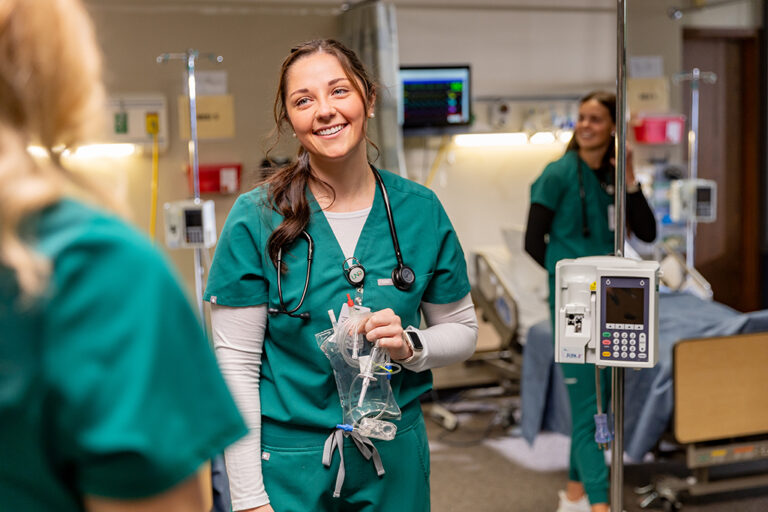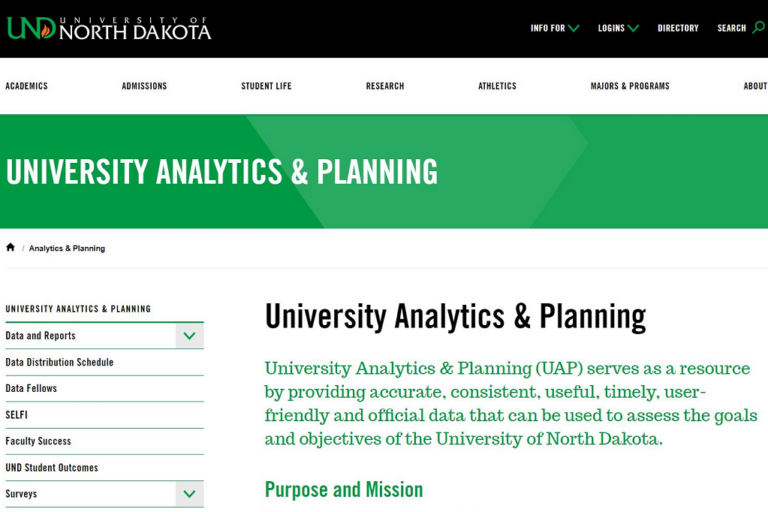Simulators on campus: Practice (on medical sims) makes perfect
Patient simulators – some of them extremely realistic – help student nurses provide care

They breathe, blink and bleed. They have seizures and heart attacks, and can even give birth.
Most of all, they teach.
Patient simulators help nursing students – and others in the health professions – learn how to care for patients in a safe setting.
“Simulators are like a preview before stepping into the real world,” said Victor Gromoff, a senior nursing major from Shakopee. “Sims help us practice what we read in textbooks.”
Simulators also helped him prepare for a fast-paced internship in cardiac, oncology and renal care at Altru Health Services last summer, Gromoff said.
“I felt more ready for the internship,” Gromoff said. “The sims allowed me to practice my skills. Sometimes I forgot things and made mistakes on the simulator. But I’ll never make those mistakes again. You can’t get that kind of experience in the real world.”
The UND College of Nursing & Professional Disciplines has had patient simulators since 2002, and now has some of the best simulator technology on campus.
Teaching tools
The simulators are incredibly lifelike, with heartbeats, pulses, the ability to speak, breathe and bleed. There is even a simulator “baby” so students can learn postpartum and newborn care.
They are a far cry from “Mrs. Chase,” the first teaching mannequin of the modern era. The sawdust-stuffed, adult-sized doll was used in many nursing schools in the early 1900s.
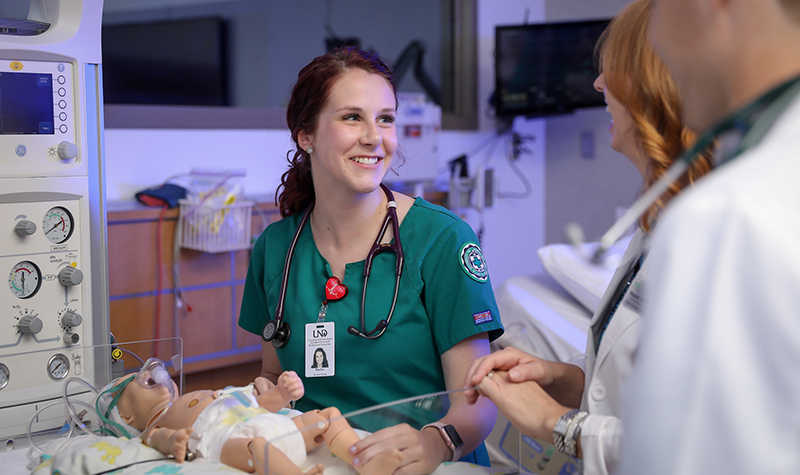
“Simulators are so valuable,” said Darlene Hanson, clinical associate professor of nursing. “Students get a chance to practice their skills, speak to patients and comfort them while doing procedures, and to practice what they do and say to patients.”
It’s not technology for technology’s sake.
“When students talk about their clinical experiences, they often say that the care in practice is just like the simulated experiences they had in the lab,” said Stephanie Christian, chair and clinical associate professor of nursing. “This reinforces the value of simulation to help students prepare for clinical practice.”
Though there is nothing more valuable than caring for real patients, simulators provide a consistent experience.
“I’ve had students who said they were able to save a life because of their sim experience,” Hanson said.
“Sims are so much more than machines,” Christian said. “You have to have a plan and a vision and use research and best practices to set up a good learning experience for students. It takes a lot of time and effort from faculty.”
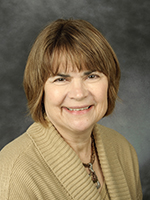
For example, Hanson said, they can program an experience with a scenario in a rural hospital and program the simulator to have a heart attack. Student learn how to respond and arrange transport to a larger hospital, which is a common occurrence in rural North Dakota. They can also simulate traumatic injuries from a car accident with heavy bleeding, along with multiple other emergencies.
“Sims let faculty help students learn,” Christian said. “In a clinical setting, we might not always be able to observe all student and patient interactions. In the sim center, we can observe and guide learning.”
“We spend time creating and planning scenarios, what-ifs,” Hanson said. “What if the patient does this? What if the student does this? We put ourselves in the position of creating something that could happen with a real patient. We can make it happen in a safe setting. In a clinical setting, just one student may see a heart attack.”
Students are not tested on simulators, Hanson and Christian said, adding that one of the most important components is the “debriefing,” or discussion of the scenario, which helps students learn critical thinking and make decisions.
“Our goal is to provide a safe environment so students can learn how to care for patients,” Christian said. “Students take these simulated experiences seriously. It helps them prepare for the emotions they may experience in clinical practice.”

“We want our nurses to be professional, warm and caring,” Hanson said. “If the ‘patient’ is crying or upset, or the student doesn’t engage with the patient, we address that.”
The simulators are low, medium and high fidelity. The low fidelity sims are running all the time in the nursing skills lab, allowing students to practice taking blood pressure, checking heart rate, and other vital signs. The College has five high fidelity simulators – two adults, a reproductive adult, a baby, and a child – that are extremely realistic.
Even veteran nurses are impressed with the simulators. After a tour of the sim facility, 1973 alum Mary McKnight Halldorson recently donated funds to remodel the sim room entry and make it more welcoming.
UND Nursing also runs simulations that don’t require simulators, such as disaster and poverty or blizzard enactments, ensuring that students are ready for nearly any emergency.
Working together
And they work with the School of Medicine & Health Sciences to hold interprofessional simulations five times a year, training more than 100 nursing, medical, social work, and occupational and physical therapy students each time.
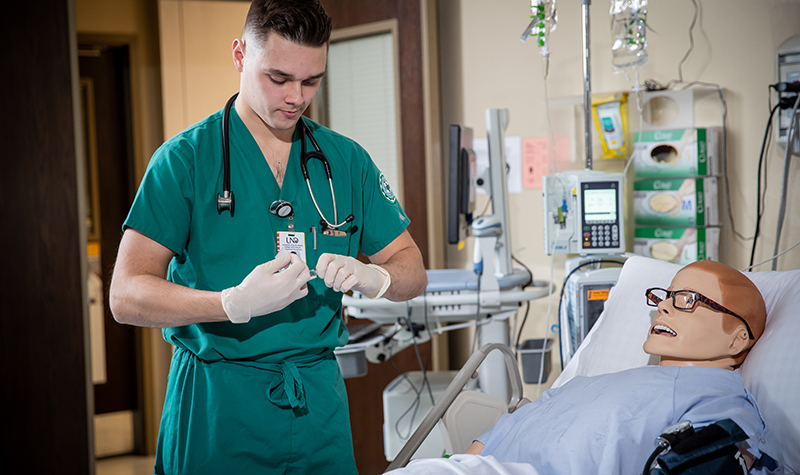
For example, a woman enters the ER with chest pain in a rural hospital, Hanson said.
“The student nurse assesses the woman, reports to the student physician, interacts with the ‘family members,’ reports to a specialist at a distance, and they all provide care,” Hanson said. “Then we talk about what to do better and run the sim again to let them practice. The discussion is a really important context of learning.”
“Interdisciplinary simulations improve how comfortable nursing students are reporting to a physician,” Hanson said. “It gives both nursing and medical students a chance to rehearse and practice. Sim rooms are a safe place to learn and receive feedback on patient care.”
Though technology has changed, how UND teaches nurses and other health professionals to care for patients has not.
“One of the things we’re trying to do is help students to think like nurses, and sims help us do that,” Christian said. “Students develop critical thinking skills when we give them problems to solve. We educate nurses to be at the table with the health care team.”
